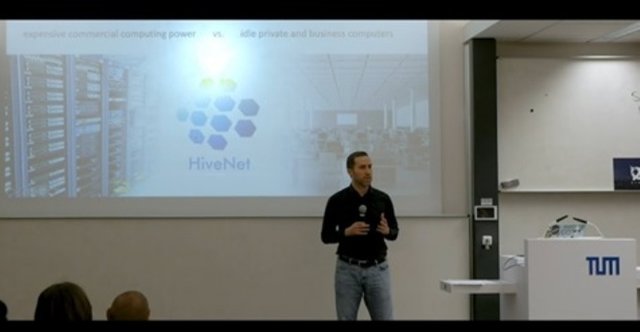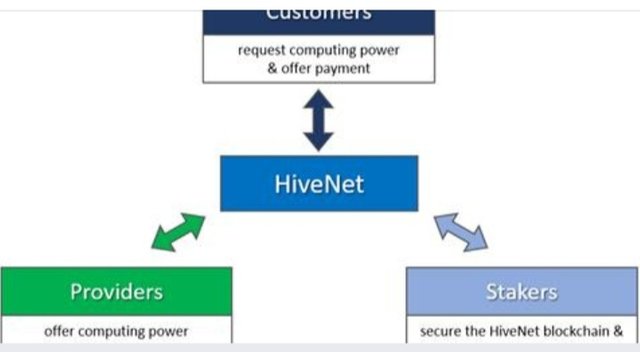Introduction
HiveNet is a high-tech startup with unique technological solutions to the prevalent problems faced in cloud computing. It will break the existing monopoly by the providers of computing resources in the market. HiveNet would provide a cloud for computing by maximizing unused computing power and idle times of computers. It is an isolated computing network of regular computer owners on the blockchain. The decentralized nature of the network ensures that it functions while depending on several units.
Here are some of the essential parties that would make the system work.
Customers:
Blockchain is one of the primary technologies that HiveNet depends on. As such, a lot of the processes and functions end up in the hands of the users or customers. These customers include individuals, companies, universities, etc. Most of the prominent organizations can either set up their computing center or rely on cloud computing services. In the case of HiveNet, customers request for computing services and then pay for it on the platform. Some of the benefits include flexibility, reliability, and cost-efficiency. HiveNet satisfies the demand from these customers with versatile and relevant applications. They include complex calculations and big data analysis. Weather forecast requires a lot of complex calculations usually performed in computing centers. The accuracy and the extensiveness of these predictions are increasing by each year. Weather forecasts can now provide accurate information about agriculture, insurances, and other subjects. As time goes by, these forecasts become more extensive and require more computing power. This growing need for cloud computing from the customers is what funds the relevance of the HiveNet. Another application is the big data analysis. Some analysis requires finding specific information within a large number of data. For example, a pile of DNA data needs thorough scanning for particular sequences of interests. This is how doctors detect genes with a high risk of cancer on time.
Providers:
Providers in HiveNet are regular computer owners who offer the computing power of their idle computers. Any computer with reliable access to the internet can provide for the network through the client software. Providers get financial rewards in return for their provision.
Stakers:
The Stakers are the ones that execute the blockchain requirement of the network. This decentralized network requires a Proof of Stake consensus, and the stakers use their computers as nodes. These nodes store copies of the blockchain as permanent records for systemic verification. The stakers also help in creating new blocks. The reward for stakers is newly minted HiveCoins. This incentivizes more computer owners to offer their computers as nodes.
Conclusion
HiveNet is an isolated network that requires the participation of the stakers, Providers, and customers. As a startup, HiveNet aims to maintain its user-friendliness and reliability at a very high level. The client software is easy to navigate, and providers would be able to cash out through several channels. The standard options are the Debit card and Paypal. All this is to incentivize more participation in the network for optimum results and excellent cloud computing services.
USEFUL LINKS
Website: https://www.hivenet.cloud/
Telegram: https://t.me/hivenet
Facebook: https://fb.me/HiveNetCloud
Twitter: https://twitter.com/HiveNetCloud
AUTHOR'S DETAILS
Bitcointalk Username: chuksmy
Bitcointalk Profile Link: https://bitcointalk.org/index.php?action=profile;u=2635666

